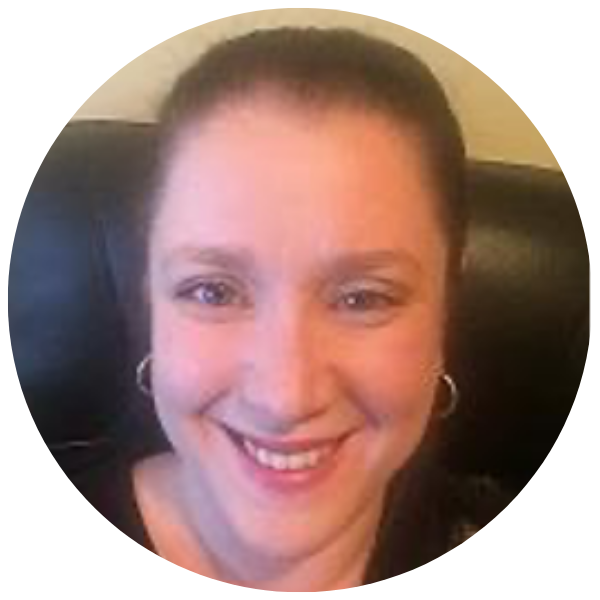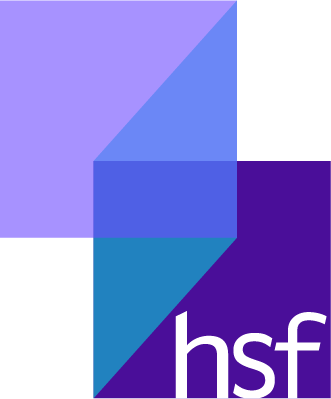Diversity, equity, and inclusion, and I also add belonging, in the workforce (DEI) is a challenge that is long overdue to be addressed across all employment sectors in this country. The non-profit sector has always been, and I believe always will be, the leader in “people first” thinking when it comes to business practices and will therefore be the pioneers in this shift in hiring practices. Pursuing greater diversity and inclusion in our organizations is not something we do simply because it is “right” — although that’s a good enough reason — we do it because it is better for creativity, productivity, and the happiness, well-being, and long-term retention of our staff. It also helps meet the needs of our clientele.
Nonprofits are perfectly positioned to be progressive cornerstones in the movement to greater inclusion and diversity in the workplace, and we are excited to be helping to move the needle forward!
While there are about a zillion articles on how to improve your diversity and inclusion practices, very little is said about how to implement DEI when you are running an organization with three people, all of whom have been with you for years, and let’s be honest, are most likely not representing a diverse community. Many organizations are just too small to see themselves in the solutions being offered. While small organizations are tasked with making the same advancements, the feasibility of using the same strategies is an impossibility. One simply cannot work the same way with 3 people that they do with 300 or 3000.
So, how do you begin to move the needle forward? Start with Three Steps!
Step 1: Work together with your current team to create a diversity plan for hiring, even if you aren’t hiring for the foreseeable future. Evaluate your hiring practices (Where do you advertise? What are your employment requirements? etc.) If you currently have no diverse representation in your staff, understand the necessity of bringing diverse voices to the table if you want to make meaningful change. Remember, change without representation by the people that it impacts does not speak to the idea of INCLUSION. Don’t know where to start? Reach out to other organizations that have more diversity on their teams to see what has worked for them. Figure out what you don’t know! Realize that the smaller your organization, the fewer perspectives you have in the conversation, and reach out to a consultant for help so that you can bring in a wider range of opinions and perspectives to your plan. Need help finding a consultant, email me, I can help! Lastly, be ready to update your plan as you grow your understanding and perspectives. These plans must be living documents that should always be updated to reflect elevated views.
Step 2: Find other opportunities to reflect DEI in your organizational structure. If you are an organization with a reputation for staff retention, that is a very good thing, but your staff are NOT the only people who are part of your organization. Your board of directors is a key component in creating a culture of DEI in your organization and one that is, in some ways, easier to work on than the staff. Your board members change more frequently and usually outnumber your staff, giving you more frequent opportunities to fill roles with diverse participants. By committing to working on board development through a DEI lens, you are creating a support system for Step 1 by bringing more lived perspectives in to inform the future of your diversity plan for hiring. Additionally, an organization with a diverse board shows prospective employees that there is a place for them at all levels of the organization. Diversity begets diversity! Feeling welcome is the first step to feeling like you belong.
Step 3: Look outward for community partners. If your current staff won’t be changing soon, then find other ways to apply DEI principles in your organizational operations. The best way to let future employees know about your commitment to DEI is to show them. Work with consultants and businesses that are more diverse than yours may be and represent the communities you are supporting. Put your partner organizations’ voices out front! Use your platform to amplify a wider range of voices in your community. Need a partner? Start with HSF’s member list. Don’t be afraid to ask people for evaluation, help, and introductions, and make sure you listen and act.
Not too long ago I learned the value of this step first hand. HSF is a networking and training organization and a few years ago, we were lovingly but firmly reminded that it was important that the faces of our trainers reflected the faces of our members. I looked back in flier after flier…it should have been so obvious! We lacked the faces of our community. I was grateful to have people in my network who would know that they could offer evaluation and that it would be heard. That day I went out and started asking everyone in my network for introductions to diverse trainers/presenters, and consultants and it was amazing how quickly our HSF community grew. People are just waiting to be invited. It is YOUR job to make the first move. I was lucky to have gotten a gentle prod!
While I started this article about DEI informed hiring practices for small organizations, DEI isn’t just about hiring—although that part is VERY important—it is about providing opportunities across all the touchpoints of your organization. If you are seen as an organization with opportunities, you will be seen as a place people want to work, volunteer, and support. You will be seen as a workplace of belonging! Just remember, you have to show people, not tell them. Take steps! Take 1 step, 2 steps, or all 3 steps, but don’t just keep standing still. Being recognized as a workplace of belonging is not something that happens overnight, it takes time and commitment—but the end result will be a diverse, creative, and vibrant organization that can lead the way into a future where this workplace behavior is the norm.
Here are some additional resources on DEI. Please feel free to let us know if you think there are any you think would be a good addition to this list.
- The Concrete Ceiling – By Hanieh Khosroshahi for the Stanford Social Innovation Review
- Trans-Forming the Workplace to be Transgender Inclusive – By Nico Calvo Rosenstone for the Stanford Social Innovation Review
- Do Your DI Efforts Include People with Disabilities? – By Caroline Casey for the Harvard Business Review
- From Inclusion to Support: How to Build a Better Workplace – By Shonagh Rae for The New York Times

—From the ever learning desk of Becca Coolong, Executive Director of the Human Service Forum
Becca holds a BA in Classical Civilizations from Oberlin College. She began her professional career in the entertainment industry and transferred those skills to the human service sector in 2006. She has a strong passion for community building creating creative partnerships and collaborations. She is an advisory board member for John J. Duggan Academy in Springfield, MA.


